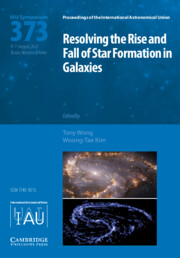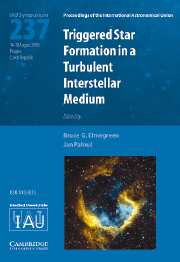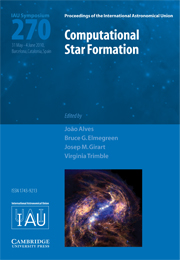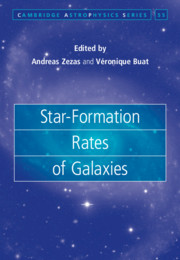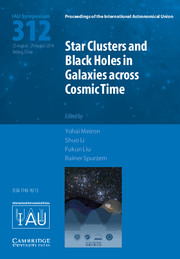Resolving the Rise and Fall of Star Formation in Galaxies (IAU S373)
Star formation is relevant to nearly every area of astrophysics, from planetary science to galaxy evolution, yet the physical processes that determine the rates of star formation and its spatial and temporal distribution are still poorly understood. IAU Symposium 373 focuses on the impact that resolved studies of galaxies, both observational and theoretical, are having on the understanding of star formation on all scales. It highlights the latest advances in understanding star formation in its galactic context and how it drives galaxy evolution. A key advance has been the ability to spatially resolve the sub-kiloparsec scales on which star formation relations are established, bridging the gap between resolved studies in the local neighborhood and large-scale galaxy surveys. Alongside this, a new generation of cosmological simulations have helped to interpret these new data, providing new techniques for confronting them with observations. This volume shares these developments, for graduate students and researchers.�
- Part of the IAU XXXI General Assembly in Busan, Republic of Korea
- Gives an updated snapshot of current theoretical and observational research on star formation
- Discusses star formation scaling relations, their universality, and the role of additional physical parameters, including galaxy conditions and environment
- Combines communities who study small scale processes at high resolution in very nearby galaxies and those who treat star formation as a galaxy-scale process, studied out to high redshifts
Product details
August 2023Hardback
9781009352956
300 pages
253 × 179 × 18 mm
0.73kg
Available
Table of Contents
- Part I. Scales of Star Formation
- Part II. Sustaining Star Formation
- Part III. The Decline of Star Formation
- Part IV. The Rise and Fall of Star Formation Across Cosmic Time
- Part V. Regulation of Star Formation and the Evolution of Galaxies.

